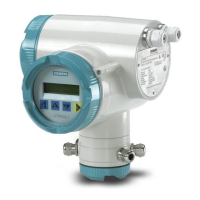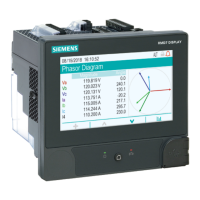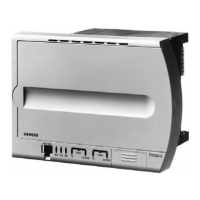Description
3.3 Function
ULTRAMAT 23
Manual, 3/2016, A5E37100388-003
29
Electrochemical hydrogen sulfide measurement
Figure 3-7 Operating principle of H
2
S sensor
The hydrogen sulfide (H
2
S) enters through the diffusion barrier (gas diaphragm) into the
sensor and is oxidized at the working electrode. A reaction in the form of a reduction of
atmospheric oxygen takes place on the counter electrode. The transfer of electrons can be
tapped on the connector pins as a current which is directly proportional to the gas
concentration.
The zero point is automatically recalibrated by the AUTOCAL function when connecting e.g.
nitrogen or air.
Automatic calibration of IR components with air (AUTOCAL)
Figure 3-8 Calibration
The ULTRAMAT 23 can be calibrated using, for example, ambient air. During this process
(between 1 and 24 hours (adjustable), 0 = no AUTOCAL), the analyzer chamber is purged
with air. The detector then generates the largest signal U
0
(no pre-absorption in the analyzer
chamber). This signal is used as the reference signal for zero point calibration. The signal U
0
also serves as the initial value for calculating the full-scale value.

